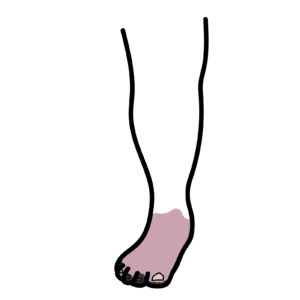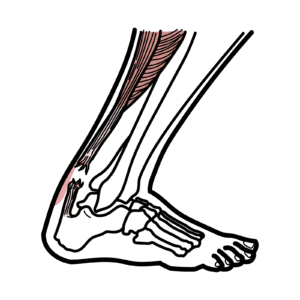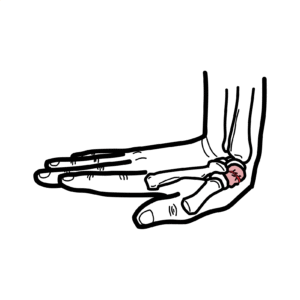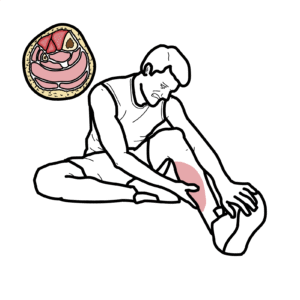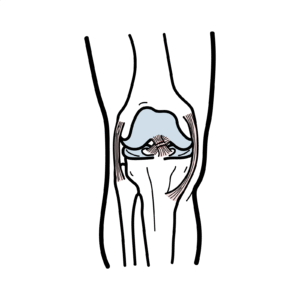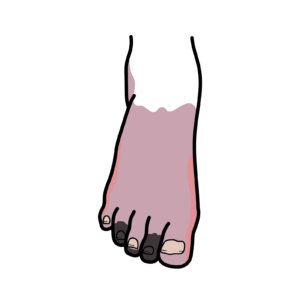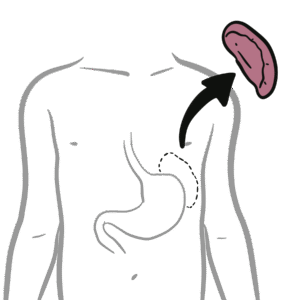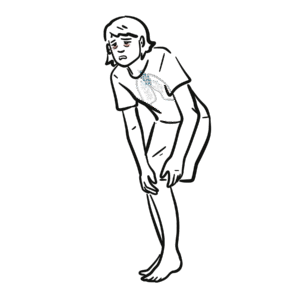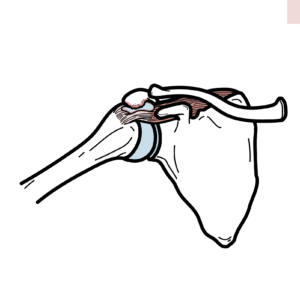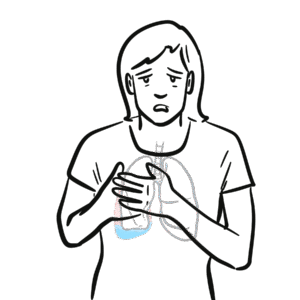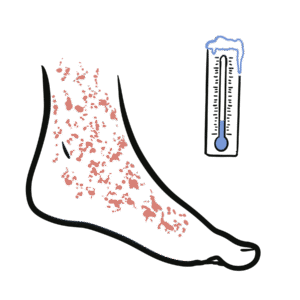Heart failure with reduced vs preserved ejection fraction – Pathophysiology and treatment
Heart failure explained: learn the causes, symptoms, tests, and treatments for heart failure with reduced and preserved ejection fraction. This video breaks down cardiac output, preload, afterload, contractility, and heart rate—the four determinants of heart performance—and shows how low cardiac output triggers compensatory mechanisms (Frank–Starling, sympathetic activation, RAAS) that can worsen ventricular remodeling. Viewers will understand signs of left- versus right-sided failure (pulmonary congestion, orthopnea, peripheral edema, raised JVP), how ejection fraction defines HFrEF (50%), and why that distinction matters for therapy. The episode reviews essential diagnostics—BNP, ECG, echocardiography, chest X-ray, and invasive hemodynamics—and outlines evidence-based management: lifestyle measures (fluid/salt restriction, smoking/alcohol cessation, exercise, cardiac rehab), pharmacologic strategies (ACE inhibitors/ARBs, beta-blockers, MRAs, diuretics, sacubitril/valsartan, ivabradine, SGLT2 inhibitors), and device/surgical options (CRT, ICDs, VADs, transplantation) for advanced HFrEF. With clear explanations of eccentric versus concentric remodeling and practical evaluation steps, clinicians, students, and caregivers gain actionable insights into assessing severity, ordering the right tests, and tailoring treatment plans. Watch to master the pathophysiology and clinical approach to heart failure and improve patient outcomes—apply these principles in practice and share with colleagues managing cardiac patients.




